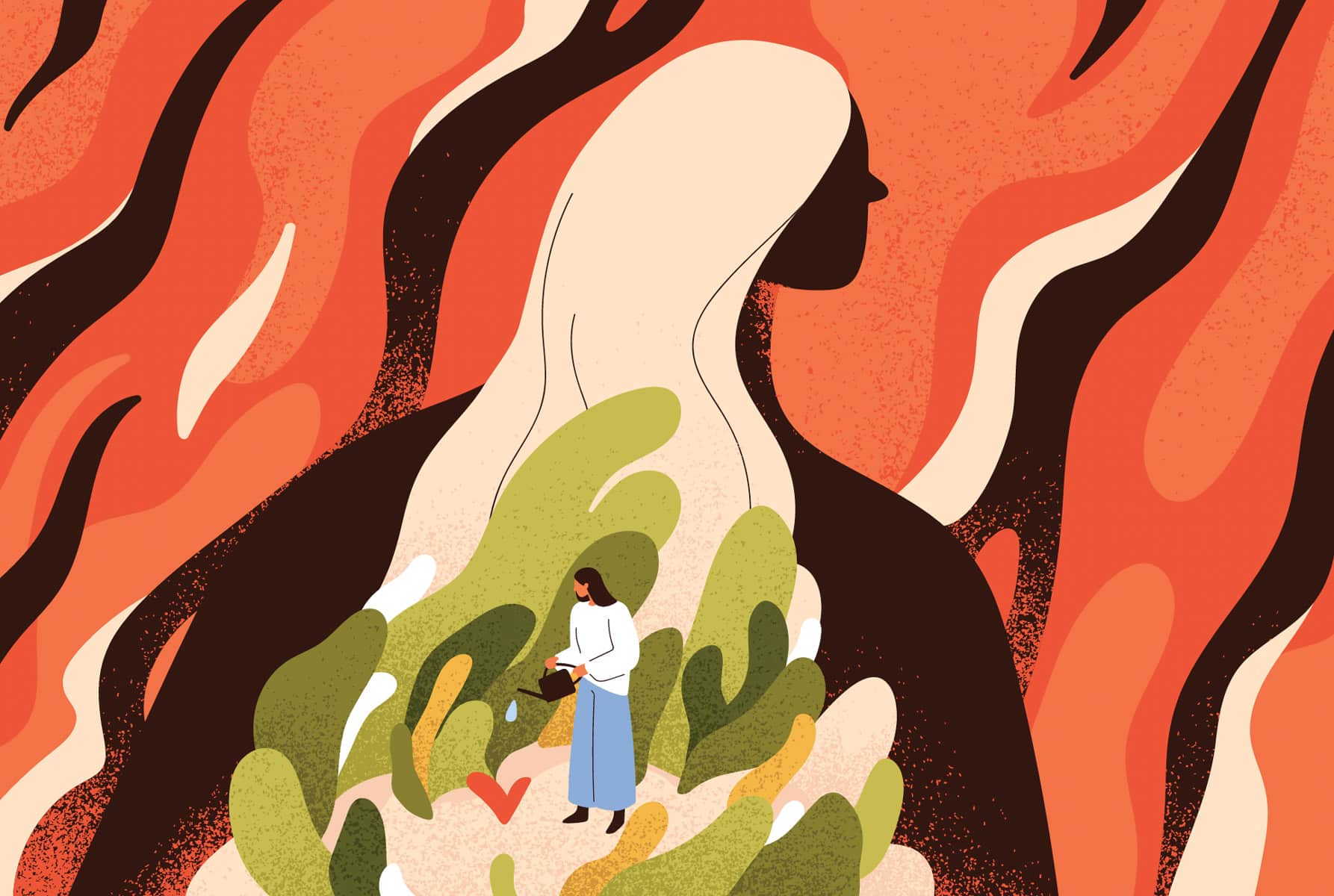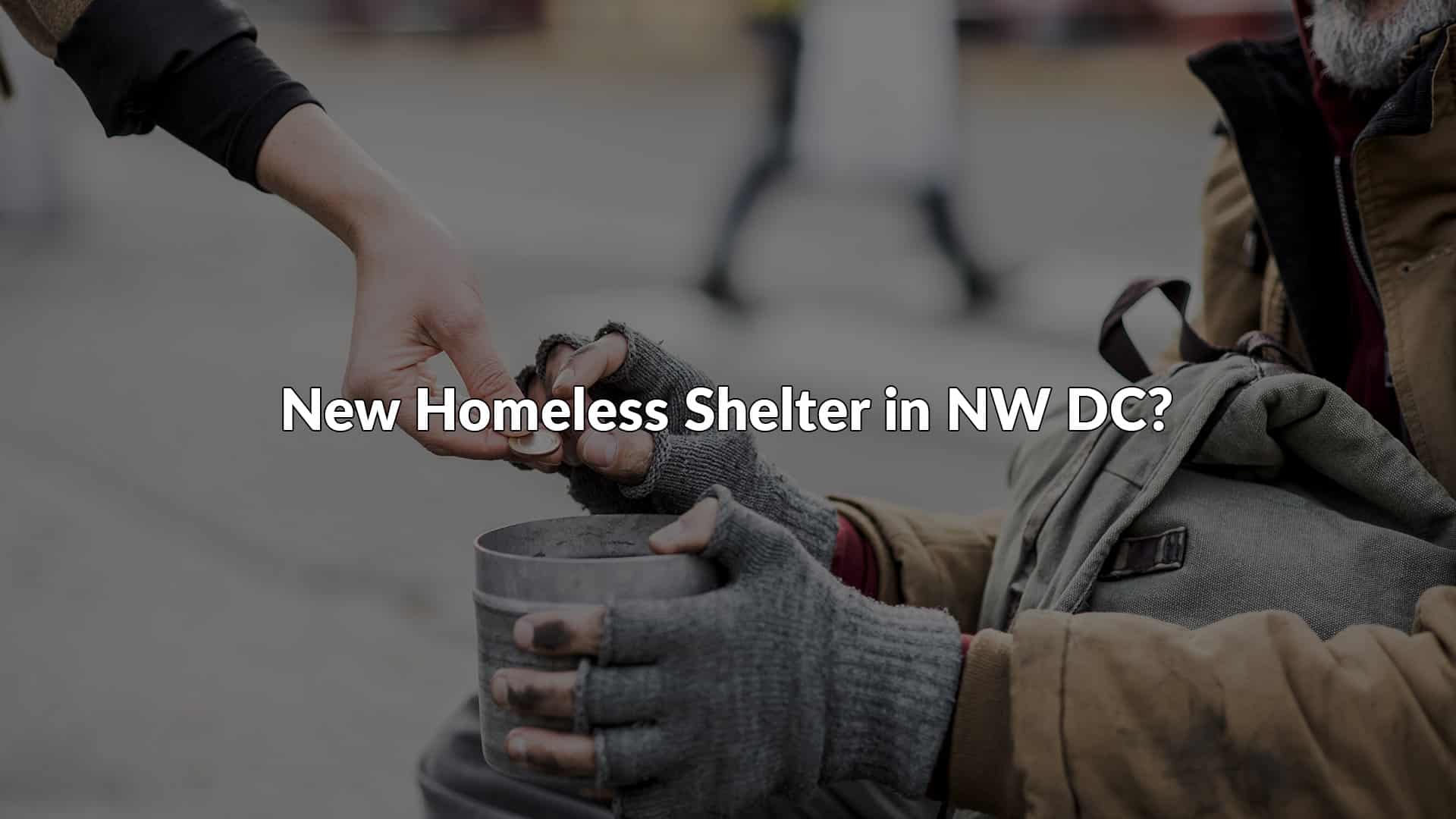What has developed into a noticeable trend in the past few years is that harsh disciplinary practices in schools lead to more school dropouts and teenagers being out on the streets in the middle of the day finding themselves in life-threatening situations. As Kaitlin Banner from the Every Student, Every Day Coalition[i] reports many school children are affected directly and indirectly by strict school policies that overuse suspension and expulsion.
The Amara Legal Center believes that being excluded from the classroom increases the likelihood of student misbehavior and youth engaging in dangerous and/or criminal activity on the streets. Students who have learning disabilities or histories of poverty, abuse or neglect could benefit from educational and counseling services; instead, they are isolated, punished and pushed out.[ii]
Moreover, the American Civil Liberties Union shows in their data on school discipline that zero tolerance policies disproportionately impact African-American and Hispanic students.[iii] For every white student suspended from school there are more than 3.5 black suspended students. Students of color are punished more severely for less serious or more subjective discipline violations that are not violent or criminal in nature. The most common reasons for suspensions are “reckless behavior” and “disruption of the school environment”. In the past, minor infractions could cause a trip to the principal’s office, a strict warning or detention. Now they result in out-of-school suspension, expulsion, or increasingly, a trip to the police station.
Both the American Civil Liberties Union and the Every Day, Every Student Coalition define this disturbing national trend as the “school-to-prison pipeline”. Students are pushed out of school onto the streets, or worse, into the juvenile and criminal justice systems or into the hands of a sex trafficker. According to DC Lawyers for Youth, the incidence of suspensions appears to be highest for middle school students. Middle schools often suspend over 50% of their student body.[iv]
Traffickers find children in their vulnerable state and coerce them to enter the commercial sex industry using a variety of recruitment and control mechanisms. According to ChildAtRisk.org, more than 200,000 American children are at risk for being lured into sex trafficking each year.[v] In Amara’s opinion, runaway and homeless children, children from dysfunctional families, vulnerable youth who are expelled from school and do not have access to a quality education, neglected and abused children are particularly at risk for being targeted by pimps.
The Every Day, Every Student Coalition offers several key elements to dismantle the system of overly strict disciplinary practices in schools. They emphasize prevention and effective intervention over the punitive approach, advocate for limitations on out-of-school suspensions, expulsions, and use of law enforcement, and place a significant stress on elimination of racial disparities.
The Amara Legal Center proposes that in order to reduce an increasing rate of child sex trafficking cases, students should be able to attend school every day, engage in school and after-school activities, and should be given access to a quality education with a much decreased reliance on suspension, expulsion, and school-based arrest. Amara also recognizes and applauds the work of such organizations as the DC Lawyers for Youth, Every Student, Every Day Coalition, and Child At Risk. Their efforts in making the system and policy changes are invaluable.
[i] DC Lawyers For Youth, Every Student, Every Day Coalition, Kaitlin Banner, Staff Attorney, The Advancement
[ii] Project,http://www.dcly.org/every_student_every_day_coalition
[iii] American Civil Liberties Union, https://www.aclu.org/school-prison-pipeline
[iv] American Civil Liberties Union, Infographic School-to-Prison Pipeline, https://www.aclu.org/racial-justice/infographic-school-prison-pipeline
[v] DC Lawyers for Youth, District Discipline: The Overuse of Suspension and Expulsion in the District of Columbia, http://www.dcly.org/district_discipline
Child At Risk, http://childrenatrisk.org/research/child-trafficking/
By Oxana Romanyuk



